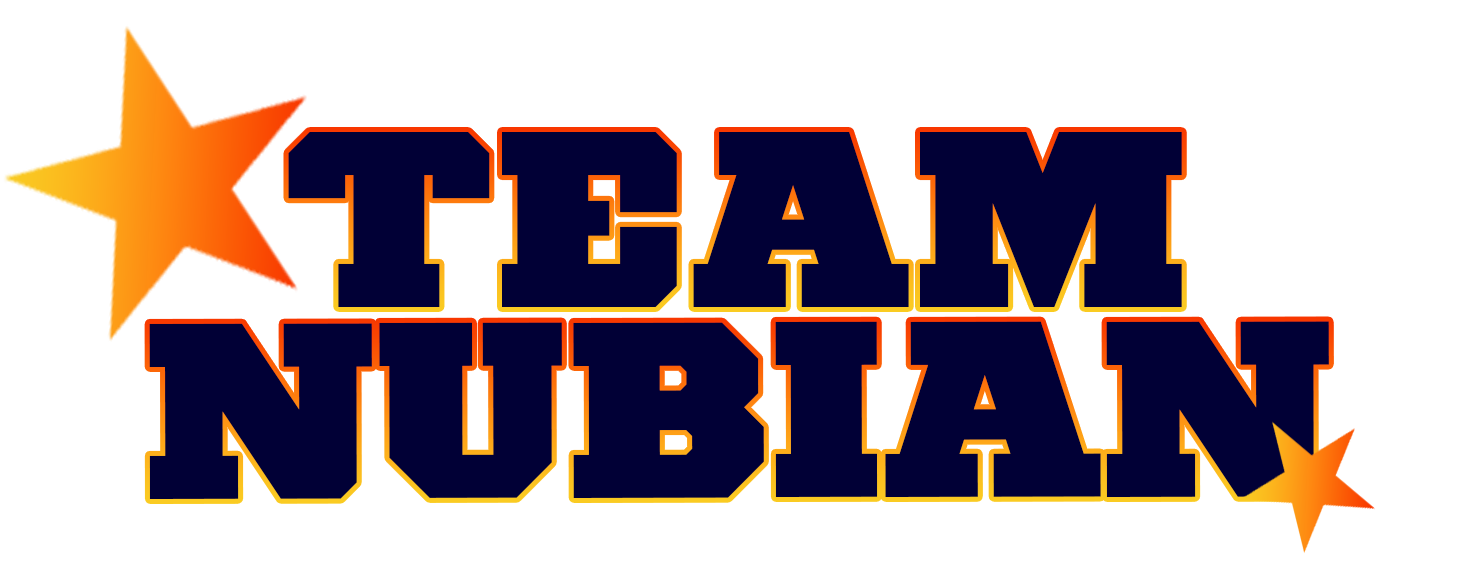History



The Delaware College for Colored Students, now known as Delaware State University, was established May 15, 1891, by the Delaware General Assembly under the provisions of the Morrill Act of 1890 by which land-grant colleges for Blacks came into existence in states maintaining separate educational facilities. With the appointment of an inaugural six-member Board of Trustees, that governing body used part of the initial $8,000 state appropriation to purchase a 95-acre property north of the state capital of Dover to establish the new college.
Because there was already a private Delaware College (now the University of Delaware) located in Newark, Del., to avoid confusion new state legislation was passed and enacted in early 1893 to change the black school’s name to the State College for Colored Students. That would be the institution’s name for the next 54 years.
Through the conservative and practical planning of the Board of Trustees appointed by Delaware Gov. Robert J. Reynolds, the College was launched upon its mission of education and public service on February 2, 1892. Five courses of study leading to a baccalaureate degree were offered: Agricultural, Chemical, Classical, Engineering and Scientific. A Preparatory Department was established in 1893 for students who were not qualified to pursue a major course of study upon entrance. A three-year normal course leading to a teacher’s certificate was initiated in 1897. The College graduated its first class of degree candidates in May 1898. The normal course of study (teacher education) was extended to four years in 1911 and the Bachelor of Pedagogy degree was awarded to students upon satisfactory completion of the curriculum.
In 1912, the courses of study were changed to Academic, Agricultural, Mechanic Arts and Domestic Science. The Bachelor of Pedagogy degree was awarded upon completion of the academic curriculum. A certificate of graduation was granted upon completion of the other courses of study.
In the 1916-1917 school year, the Preparatory Department was phased out, a Model Grade School was established, and a high school diploma was granted on completion of a four-year course of study. In 1923, a Junior College Division was added. Four-year curricula in the Arts and Sciences, Elementary Education, Home Economics, Agriculture and Industrial Arts were established in 1932. The College graduated its first class of bachelor-degree candidates completing one of these four-year courses of study in June 1934.
In 1944, the College received provisional accreditation by the Middle States Commission on Higher Education (MSCHE). In 1947, the name of the institution was changed to “Delaware State College” by legislative action. In November 1949, the Middle States Commission on Higher Education revoked the accreditation of the institution. This was a severe blow to the prestige of the College. Strenuous efforts were exerted to maintain the existence of the College and to make it an accredited four-year land-grant institution.
At the end of the 1951-52 school year, the High School Division was discontinued. In April 1957, the College was fully accredited by the Middle States Commission on Higher Education. The Middle States Commission on Higher Education in 1962, 1972, 1982, 1987, 1992, 1997, 2002 and 2012 reaffirmed this accreditation. Concurrently, the University achieved and maintained accreditation of its teacher education programs by the Delaware State Board of Education.
On July 1, 1993, Delaware State College turned another chapter in its history when Gov. Thomas Carper signed a name change into law, thus renaming the College to Delaware State University.
Since 1957, the University has grown in stature as a center for teaching, research and public service. The purpose of the University has broadened in keeping with changing times. While recognizing its heritage, the University is among the top premier Historically Black Colleges and Universities (HBCU) in the country, while serving a diverse student population. Undergraduate studies are organized into six colleges that contain a total of 19 academic departments, which offer 42 bachelor’s degrees, 16 master’s degrees and five doctoral degrees.
Accreditations include the Accreditation Commission for Education in Nursing, the Council on Social Work Education, the Accreditation Commission for Programs in Hospitality Administration, the Council for the Accreditation of Educator Preparation and the Accreditation Council for Education in Nutrition and Dietetics. The University’s College of Business is internationally accredited by the Association to Advance Collegiate Schools of Business.
The underpinning of the growth and development of Delaware State University has been the leadership of its ten presidents, including Wesley P. Webb (1891 – 1895), William C. Jason (1895 – 1923), Richard S. Grossley (1923 – 1942), Howard D. Gregg (1942 – 1949), Oscar J. Chapman (1950 – 1951), Jerome H. Holland (1953 – 1960), Luna I. Mishoe (1960 – 1987), William B. DeLauder (1987 – 2003), Allen L. Sessoms (2003 – 2008) and Harry L. Williams (January 2010-present). Maurice E. Thomasson served as acting president from 1949 to 1950 and from 1951 to 1953. Claibourne D. Smith served as acting president from September 2008 to January 2010. As a result of their efforts, the University is well positioned to reach new levels of prestige.
As of fall 2016, the University’s student enrollment is 4,600 students. The University’s physical infrastructure has grown from its 1891 beginning as a 100-acre property with three buildings to a beautiful 356-acre pedestrian campus with over 50 buildings and four outdoor athletic fields. The University also has two farm properties in the Kenton and Smyrna areas, locations in Wilmington and Georgetown, and its Airway Science Program maintains it fleet of planes and base of operation at the Delaware Air Park in Cheswold.
Source Wikipedia





